There are many factors to consider when comparing perfumes, including the type of fragrance, the concentration of the fragrance, and the brand. Here are a few things to consider when comparing designers’ perfumes to similar, inspired and fake perfumes prices:
1. Type of Fragrance: Big Gap in Perfumes Prices , why?
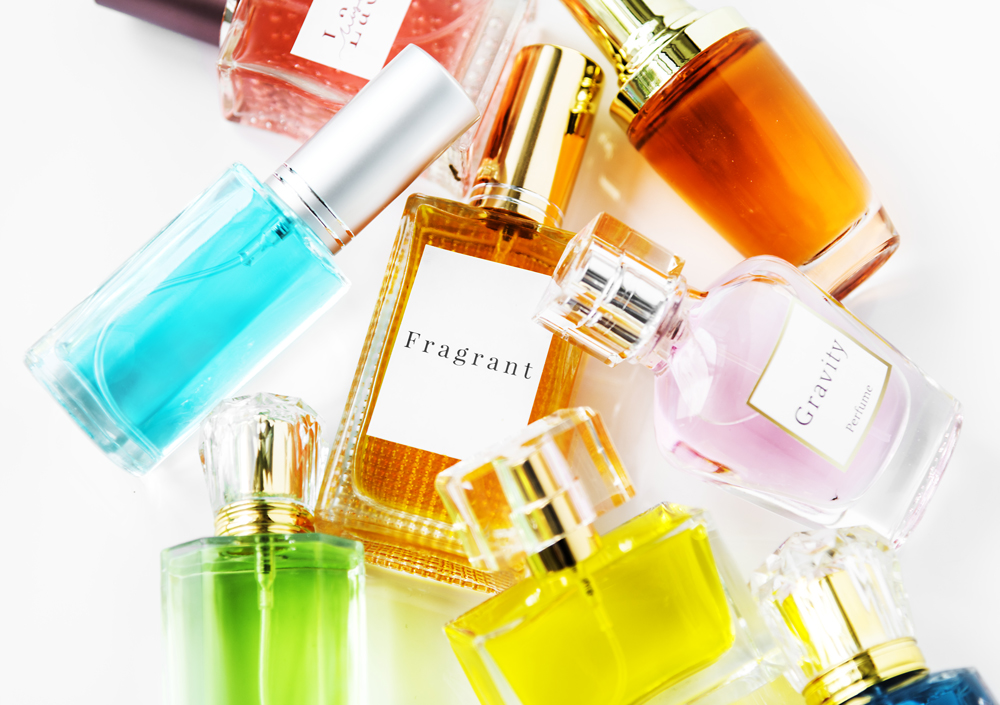
Designer perfumes are often made with high-quality ingredients and are more complex in terms of the range of notes that make up the fragrance. This can make them more expensive than similar, inspired by or replica (imitation) perfumes that may be made with less expensive ingredients or have a simpler fragrance profile. This may not hold true all the time regardless of the perfume type.
2. Concentration of the fragrance:
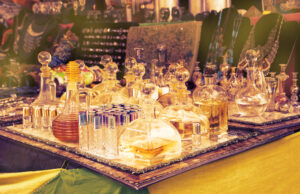
The concentration of ingredients in a perfume can also affect its character and performance and hence the price. Perfumes are typically classified by the concentration of their fragrance oils, with the highest concentration being extrait (or perfume extract), followed by eau de parfum (EDP), eau de toilette (EDT), and eau de cologne (EDC). As the concentration decreases, the scent becomes less intense and long-lasting, but also more affordable. The perfumer must balance the desired strength and longevity of the scent with the desired price point and market positioning of the perfume.
Perfumes with a higher concentration of fragrance oils tend to be more expensive than those with a lower concentration. There are certain limits which cannot be exceeded as per the international regulations.
The percentage of fragrance oils that can be used in alcoholic-based perfumes varies depending on the specific fragrance oil and the intended use of the perfume. In general, the concentration of fragrance oils in perfumes ranges from about 8% to 20%. However, some fragrance oils may be used at higher or lower concentrations depending on their strength and the desired aroma of the finished product. In some cases, this may reach up to 30%. This will in general depends on the percentage of fragrance oils dilutions in carrier oils.
It is important to note that the use of fragrance oils in perfumes is regulated by various agencies, including the International Fragrance Association (IFRA) and the European Union’s Scientific Committee on Consumer Safety (SCCS). These agencies establish guidelines and standards for the safe use of fragrance ingredients in consumer products, including perfumes.
IFRA has established a set of guidelines for the use of fragrance ingredients in perfumes, including maximum use levels for each ingredient. These guidelines are intended to ensure the safe use of fragrances and to minimize the potential for skin irritation or allergic reactions. It is important for manufacturers to comply with these guidelines to ensure the safety of their products.
In summary, the percentage of fragrances oils that can be used in alcoholic-based perfumes will depend on the specific fragrance oil, the intended use of the perfume, and any relevant regulatory guidelines.
3. Brand :
The brand of the perfume can also play a role in the price. Designer perfumes are often more expensive than similar perfumes because of the reputation and prestige associated with the brand. A large portion of any product’s pricing frequently goes toward the brand name rather than the actual good or service.
It’s worth noting that “similar or inspired” perfumes and “replica” perfumes are not the same as designer perfumes. Similar and Inspired perfumes are perfumes that are similar in scent to a designer fragrance, but are not made by the same brand and usually do not imitate the bottle, name & packaging. Replica or fake perfumes are perfumes that are designed to mimic the scent, bottle, name & packaging of a designer fragrance and are not made by the same brand. These types of perfumes may be less expensive than designer perfumes, but the quality of the ingredients and the overall fragrance may vary from a manufacturer to another.
4. Marketing and advertising:

Marketing and advertising affect the price of all types of perfumes. Designer perfumes are often marketed and advertised heavily by well-known luxury brands. The marketing and advertising costs associated with these brands can contribute to the overall price of the perfume remarkably.
Other perfumes may also be marketed and advertised, although the marketing and advertising efforts may be less extensive than those for designer perfumes.
Additionally, the large brands’ global distribution networks greatly increase the selling price of designer perfume. Typically, this kind of network is not existed within the business scope of similar and inspired perfumes. As a result, the price of other perfumes is lower than that of designer perfumes.
5. Packaging
The packaging of a perfume can be an important factor in its marketing and appeal, and can also contribute significantly to the overall cost of the product. The cost of packaging can include the cost of materials (such as glass bottles, caps, labels, and boxes), as well as the cost of design and branding.
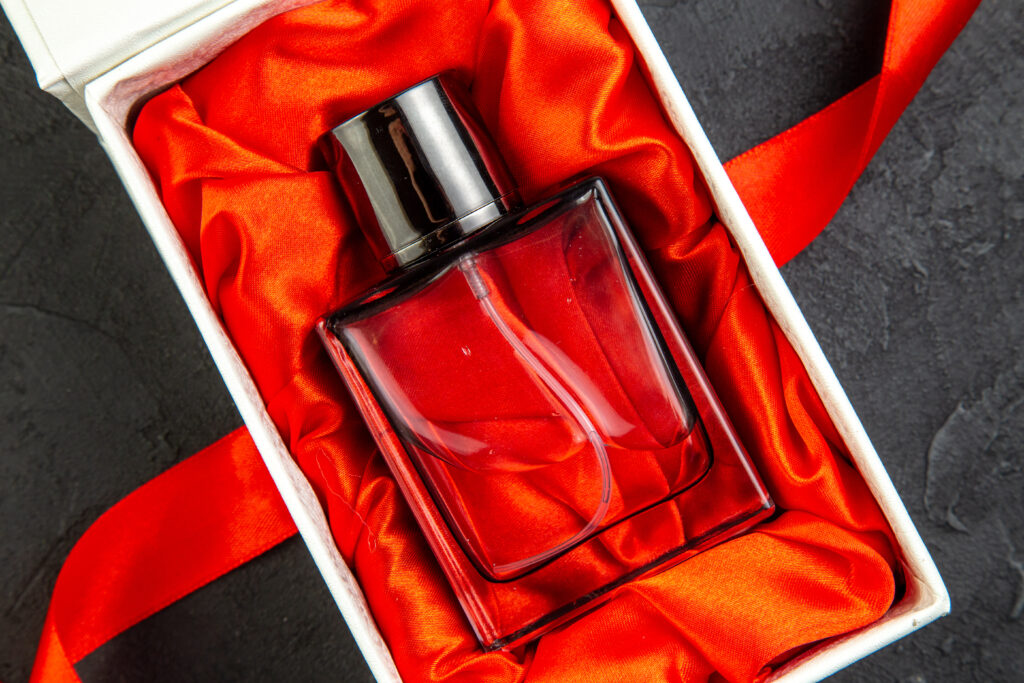
Designer perfumes are often packaged in high-quality, luxury packaging. The packaging may be made of glass or high-quality plastic and may feature elegant, sophisticated designs. The packaging may also include features such as a high-quality spray nozzle, a cap, and a box. Similar and inspired perfumes are packaged in a different manner to designer perfumes, with or without high-quality materials and elegant designs. Is Packaging Quality important for Perfumes?(Opens in a new browser tab) However, the packaging may not be as luxurious as that of a designer perfume.
But replica perfumes are usually packaged in a similar manner to designer perfumes, it is done this way to mimic the designer perfumes. However, the packaging quality may not be as luxurious as that of a designer perfume.
6. Safety, Quality & Health
It’s important to note that all perfumes, regardless of whether they are designer, inspired, similar, or replica perfumes, should be used with caution. Perfumes must comply with various standards and regulations to ensure the safety, quality, and labeling of the product. These standards can vary by country and region, but some common examples include:
Safety standards: Perfumes, like all cosmetics, must be safe for human use and not cause any adverse effects on the skin or overall health of the wearer. To ensure safety, perfumes must be formulated with ingredients that have been tested and evaluated for their potential risks and benefits. Perfumes may also be required to undergo safety testing to confirm their safety for use. Here are a few safety and health considerations to keep in mind when using perfumes:
Allergies: Some people may be allergic to certain ingredients in perfumes. If you have sensitive skin or have experienced allergic reactions to fragrances in the past, it’s important to carefully read the ingredient list on the perfume label and patch test the perfume before using it on a larger area of your skin.
Ingredients: Some ingredients in perfumes may be irritating to the skin or harmful if ingested. It’s important to read the ingredient list on the perfume label and avoid using perfumes that contain ingredients that you are sensitive or allergic to.
Dosage: It’s important to use perfumes in moderation. Applying too much perfume can be overwhelming and may cause irritation to the skin or respiratory system. It’s also important to avoid spraying perfume directly onto your face or other sensitive areas of your skin. Contrary to much of the advice you may hear, we advise our customers to keep perfume away from their skin as much as possible, even if the perfume is entirely natural. You can occasionally apply to your skin, but avoid making it a habit. Different components may cause allergies in different skin types. Additionally, perfume that is applied to clothing typically lasts longer.
Storage: Perfumes should be stored in a cool, dry place, away from direct sunlight or heat sources. Exposure to heat or sunlight can cause perfumes to degrade or change in scent.
Quality standards: Perfumes must meet certain quality standards to ensure that they are fit for their intended use and consistent from batch to batch. Quality standards can relate to factors such as the purity, strength, and stability of the ingredients, as well as the appearance, texture, and performance of the perfume. Perfumes may be required to undergo quality control testing to verify that they meet these standards.
Labeling standards: Perfumes must be labeled with certain information to inform the consumer about the product and its ingredients. This can include the name and address of the manufacturer, the name and function of the perfume, the list of ingredients, the volume or weight of the product, the expiration date or shelf life, the country of origin, and any necessary cautionary statements. Perfumes may also be required to display certain symbols or certifications, such as the international hazard symbol for flammability.
By complying with these standards, perfumes can help to protect the health and well-being of the consumer, and provide assurance of the quality and reliability of the product.
7. Ingredients – Fragrance Oils & Alcohol
Fragrance Oils:
It’s worth noting that the ingredients in perfumes can vary widely depending on the brand, type of fragrance, and concentration of the fragrance. Here is a general comparison of the types of natural and Synthetic ingredients that may be found in designer perfumes, inspired perfumes, similar perfumes, and replica perfumes.
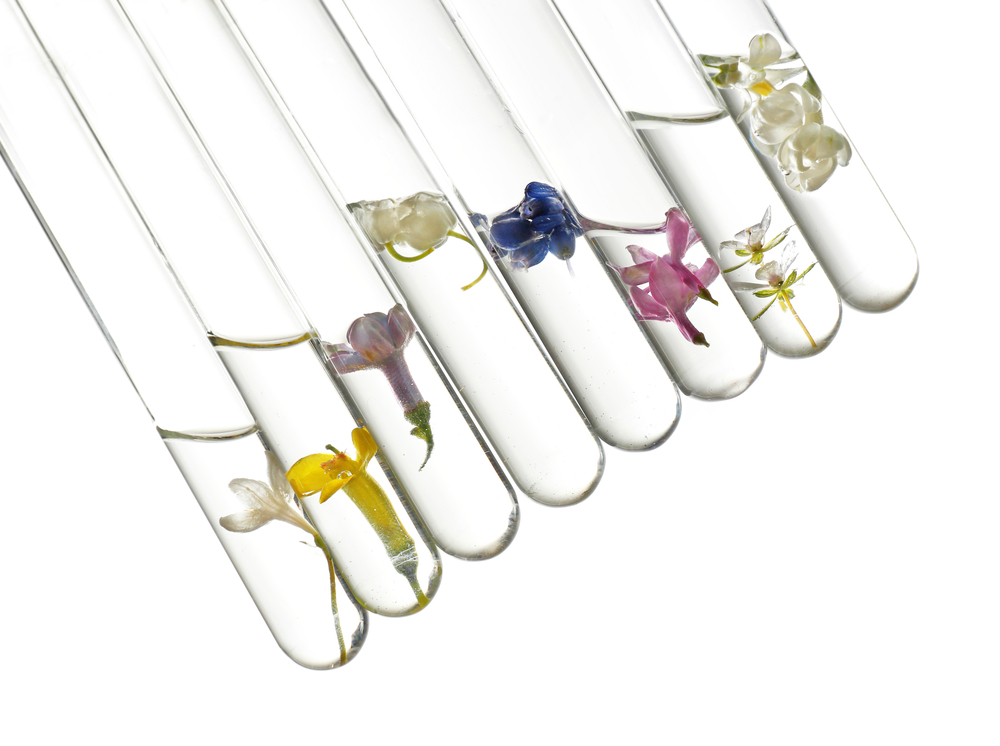
Designer perfumes are often made with high-quality ingredients and are more complex in terms of the range of notes that make up the fragrance. These perfumes may contain a variety of ingredients (natural & Synthetic), including fragrance oils, essential oils, alcohol, and fixatives. Other perfume types may contain a variety of ingredients, including fragrance oils, essential oils, alcohol, and fixatives as the case with designers’ perfumes. In the next paragraphs we will be elaborating on this critical issue.
The quality of ingredients plays a significant role in the overall quality and character of a perfume. High-quality ingredients can result in a more complex, well-rounded, and long-lasting fragrance, while lower-quality ingredients may result in a simpler, less nuanced, and shorter-lasting scent. Natural ingredients, in particular, can be expensive and difficult to source, but they can also add unique, subtle, and authentic nuances to a perfume. Synthetic ingredients, on the other hand, are often cheaper and more readily available, and they can be used to replicate the scent of natural ingredients or to create entirely new, imaginative fragrances. Ultimately, the choice of ingredients will depend on the desired character and price point of the perfume, as well as the perfumer’s artistic vision and technical skill.
Different ingredients can have different effects on the scent of a perfume. For example, some ingredients can add sweetness, while others can add bitterness, spiciness, or earthiness. Some ingredients can add depth and complexity to the scent, while others can add simplicity and clarity. Some ingredients can add warmth and richness to the scent, while others can add coolness and freshness. Some ingredients can add durability and tenacity to the scent, while others can be more fleeting and ephemeral. The perfumer must carefully choose and combine ingredients to create the desired scent character and development.
Natural ingredients can be more expensive and difficult to obtain than synthetic ingredients, due to factors such as seasonality, scarcity, and sustainability. Natural ingredients can also be more variable in their quality and character, as they can be influenced by factors such as climate, soil, and harvesting techniques. Synthetic ingredients, on the other hand, are typically more consistent and controllable, but they can also lack the authenticity and uniqueness of natural ingredients. Many perfumes today use a combination of natural and synthetic ingredients to balance these trade-offs.
The quality of ingredients can also affect the performance and stability of a perfume. Poor-quality ingredients can cause a perfume to deteriorate or change over time, or to react poorly with the wearer’s skin or other products. Good-quality ingredients, on the other hand, can help a perfume to maintain its intended character and longevity. The perfumer must carefully select and handle ingredients to ensure the best possible quality and performance of the perfume.
Alcohol:
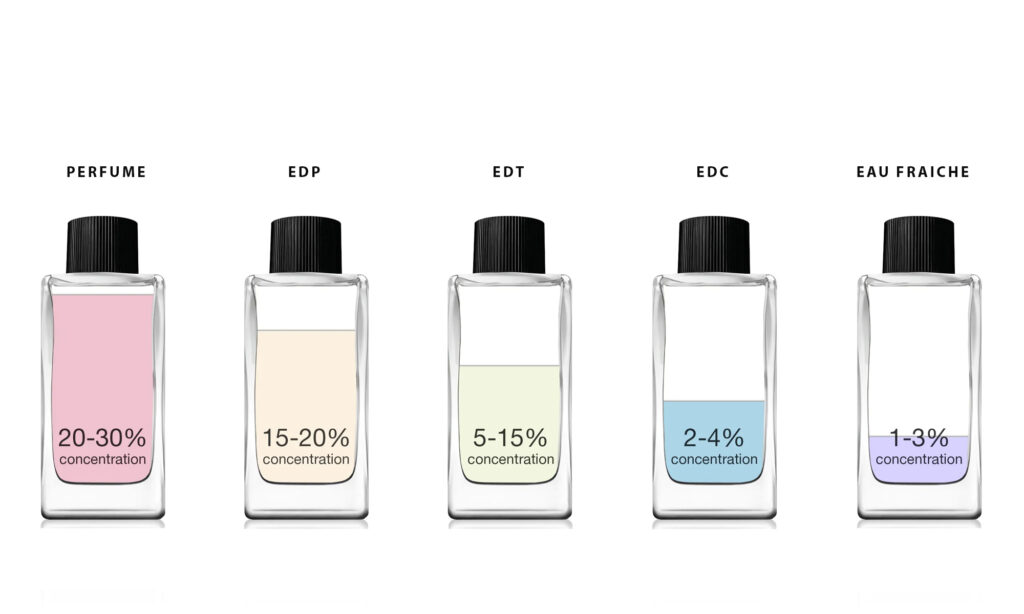
is a common ingredient in perfumes, as it can help to dissolve and disperse the fragrance oils, and can also contribute to the overall character and stability of the scent. The quality of the alcohol used in perfumes can affect the performance and sensory properties of the perfume.
High-quality alcohol, such as ethanol or denatured alcohol, can help to provide a clean, clear, and pleasant base for the fragrance oils to shine. It can also help to preserve the perfume and prevent the growth of microbes. Low-quality alcohol, on the other hand, can have impurities or off-odors that can negatively impact the scent of the perfume. It can also be more drying or irritating to the skin.
The choice of alcohol will depend on the desired character and performance of the perfume, as well as the budget and market positioning of the product. Some perfumes may use a blend of different alcohols to achieve the desired balance of properties. It is important to use alcohol that is suitable for use in perfumes and complies with relevant safety and quality standards.
Methanol is a type of alcohol that is not commonly used in perfumes due to its toxicity and potential hazards. Methanol is a potent neurotoxin that can cause symptoms such as dizziness, headache, nausea, vomiting, and abdominal pain when ingested or inhaled in small amounts. It can also cause more serious effects such as blindness, coma, and death in larger amounts. Methanol is also highly flammable and can pose a fire risk.
Due of these factors, methanol is typically not regarded as an acceptable component for perfumes or other consumer goods. Unfortunately, some unethical perfume manufacturers may employ this chemical to reduce their costs despite its potentially fatal side effects. It is important to use ingredients that are safe and suitable for use in perfumes, and to follow relevant safety and quality standards.
8. Labor:
The cost of labor can include the cost of the perfumer and other creative and technical staff involved in the development of the perfume, as well as the cost of the production and packaging staff involved in the manufacturing of the perfume.
9. Profit margin:
The overall cost of a perfume may vary depending on the targeted profit margin. The profit margin, which is determined by the market, the level of competition, and the manufacturer’s corporate objectives, is the difference between the cost of making the perfume and the price at which it is sold.
Understanding The Perfume Market Prices:
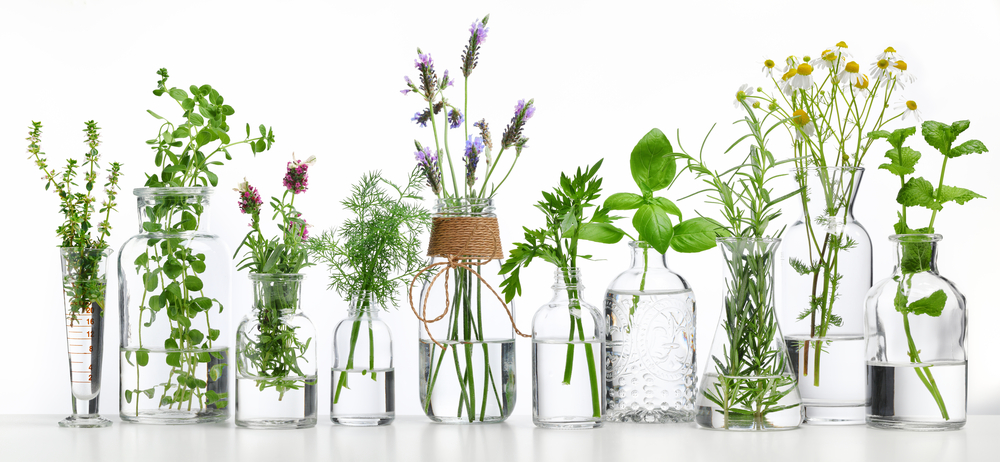
The price gap between designer fragrances and other perfumes cannot be attributed exclusively to the perfume’s quality or to what is contained in the bottle, as was made obvious from the aforementioned. That is not even close to the truth. The several factors we have mentioned significantly raise a perfume’s price. Designer perfumes can have a bottle (the glass bottle only) that costs tens of dollars, whereas other perfume types are much less expensive (1$ or less).
The same holds true for outside packaging. A gorgeous wooden box that costs several times more than the contents of the bottle might be found. Designer perfumes spend millions of dollars in terms of marketing and advertising. It can cost several hundred thousand dollars to use a celebrity carrying a perfume bottle in an advertisement on camera, on television, or on social media. Not to mention the price of stores carrying global brands and the number of workers they employ. Additionally, big names invest heavily in research, designing the formula, the composition of the perfume itself and the proportions of the ingredients.
The price difference between designer perfumes and other perfumes of all types is surely widened by all of these expenses. The selling price of the perfume from the designer to its distributors around the world will definitely reflect all of this. The distributor then raises his pricing in order to profit.
However, the makers of other perfumes do not incur all of these expenses, and this is evident in the cost. It turns out that from the perspective of many, what is contained in the perfume bottle is the most significant, and they do not care about the things they believe to be luxurious. The components of the perfume, its quality, and the extent to which it complies with international standards in all respects are the only criteria that can be used to evaluate a perfume if we concentrate on what is within the bottle. In the end, it depends on how highly each of us holds himself and how much faith he has in the scents he chooses.
Conclusion
The cost of producing a perfume can vary widely depending on a range of factors, such as the complexity and rarity of the ingredients, the volume of the production, the packaging and branding, the marketing and distribution, labor, and the desired profit margin.
A Big Question to be Answered …Similar & Inspired Perfumes, why?(Opens in a new browser tab)
As a perfume user, you must ultimately ask yourself, “What’s the point of having perfumes?” Is it the brand name, the packaging, the advertisements you saw, or what’s in the bottle? Do you place a high value on health and safety?
No one can dispute the significant pressure we frequently experience as a result of the aforementioned factors. The primary issue that the perfume wearer should focus on is what is inside the bottle and the safety of it, which, for me as a perfume consumer, is a pretty clear and straightforward rational response.
Make sure you are aware of what you are paying for the next time you want to purchase a bottle of perfume. I hope that this post will assist you in better understanding the price of perfumes.


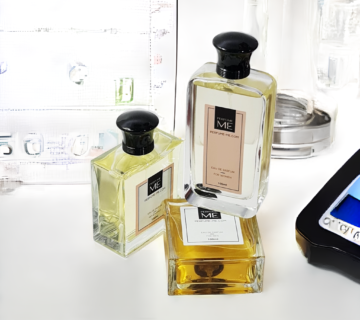


No comment